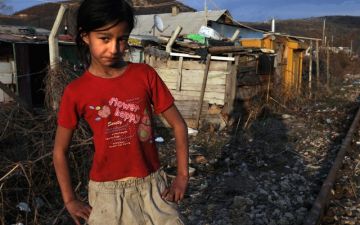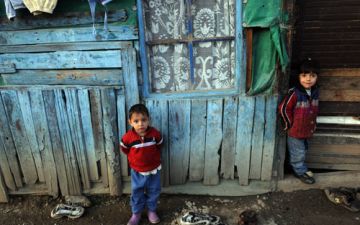Two journalists travel to Kosovo to explore the experiences of Roma families and how their children's health is affected by living in camps built on the biggest lead mine in Europe and next to a toxic slagheap of 100 million tons. The camps were set up by the UNHCR in 1999 as a temporary measure after the Albanians burned the Roma Mahalla in the dying days of the conflict over Kosovo.
The results have been severe. The lead poisoning blackens the children's teeth, destroys their memory, and stunts their growth. The children swing between bursts of nervous hyperactivity and something like a coma. Some have epileptic fits. Many children have begun a medical treatment known as "chelation" - to clear the lead from the blood - sponsored by the World Health Organization. But the success of the treatment depends on the children moving from the source of the pollution. Most have not. "Death Camps: Lead Poisoning Among Kosovo's Roma," tells the stories of the children, the aid workers, and what this ongoing problem says about international peacekeeping efforts.




